Contents
Guide
Based on The Pathfinder Schools 5 5 Survival System
The Bushcraft Essentials Field Guide
The Basics You Need to Pack, Know, and Do to Survive in the Wild
Dave Canterbury
New York Times Bestselling Author of Bushcraft 101
DEDICATION
This book is dedicated to The Pathfinder School instructors both past and present.
As the book lays out the basic system of teaching from introductory through an intermediate level, I cannot take sole credit for its development. Some of these concepts have been a group effort and are a shining example of what a group of like-minded people can accomplish through cooperative effort.

Introduction

- Self-Aid
- Shelter
- Fire
- Hydration
- Navigation and Signaling
These are the five major wilderness survival priorities and the core of The Bushcraft Essentials Field Guide. Based on my experience surviving in nature, this essential information forms the basis of my 5 5 Survival System and will help you survive in the wild.
Bushcraft refers to the wilderness skills needed to survive and thrive in the natural world. To effectively practice bushcraft, you must learn and master the five major survival priorities. The purpose of my 5 5 Survival System is to provide a clear explanation of these major survival priorities without unnecessary information. The military uses the radio term 5 5 to describe a measure of signal strength and clarityand its that type of strong, clear communication that makes the 5 5 Survival System so effective.
This guide will first teach you about the five survival priorities and then will break down each priority into its five most critical points. In addition to the five priorities of short-term survival, The Bushcraft Essentials Field Guide will also cover the skills and information needed for long-term survival in the woods. From the importance of self-aid and the proper selection and construction of a campsite to securing water and fire for survival and navigating your way through the woods, this guide will highlight the critical elements of survival and how they come together in practice.
This is the survival system I use at The Pathfinder School, where I teach hundreds of students every year from all walks of lifecivilians, law enforcement professionals, military personnel, search-and-rescue teamshow to survive in the wild. With this book, you, too, will learn how to practice the basics of outdoor survival.
Dave Canterbury


Chapter 1

SURVIVAL PRIORITIES
I N THIS CHAPTER YOU WILL begin to learn about the five basic survival properties. Youll also learn about items you need to consider when making your carry kit, from knives and saws to ignition sources like ferrocerium rods. Youll also need some kind of cover, something that can help in repairs, some cordage, and other items in case you find yourself in an emergency situation. This chapter will show you all youll need to be prepared.
5 SURVIVAL PRIORITIES
T HE FIVE SURVIVAL PRIORITIES ARE self-aid, shelter, fire, hydration, and navigation and signaling. When in nature, you must constantly evaluate the order of these because they can change depending on the environment and situation. Understanding these priorities is key to the survival mentality that is crucial to the end goal of survival.
SELF-AID
The one survival priority that remains constant regardless of the scenario is self-aid. Self-aid must always be the number one priority because, without it, you may not be able to effectively accomplish the other four priorities. Keeping self-aid and safety at the forefront of your mind is essential to outdoor survival. You can learn more about self-aid in Chapter 2.
SHELTER
All survival scenarios revolve around core temperature control (CTC). If you get too cold, you will suffer the effects of hypothermia, and if you overheat, you will experience hyperthermia. Both of these conditions can be deadly, and many complications can arise from each one. Having the proper shelter is a major component of maintaining your core temperature and surviving. See more on shelters in Chapter 3.
FIRE
In addition to proper shelter, the ability to make and maintain a fire is imperative to CTC. Fire not only provides warmth; it also enables an abundance of survival necessities. Your ability to make fire allows you to disinfect water, cook and preserve food, regulate your body temperature, fire-harden tools, and signal for rescue in emergencies. Making a fire is not a difficult process, but if you dont have the proper materials or ignition methods, it can become extremely challenging. Youll learn more about making a fire in Chapter 4.
HYDRATION
Staying properly hydrated is vitally important for a variety of reasons, including to help metabolize food. Many people are unaware that water and caloric intake can affect both hypothermia and hyperthermia. Calories are burned to generate body heat, and, sooner or later, these calories must be replaced. To maintain CTC, you must make sure you stay properly hydrated. You need to be able to find and disinfect a water source to avoid the symptoms of dehydration, which can include dry mouth, headaches, and dark urine, and its consequences, like hypothermia and hyperthermia. You will learn more about hydration in Chapter 5.
NAVIGATION AND SIGNALING
If you were to become injured or lost during your outing, you may be able to rely on personal navigational skills to find your way out if the injury is not traumatic and if you planned for such an event before travel. This means packing first aid items for minor injuries and the proper navigation tools. It is also a good idea to tell someone where you are going in case you need to be found. If you have the proper navigation and signaling skills, you can increase your chance of being rescued and surviving. You can read more about navigation and signaling in Chapter 6.
BUSHCRAFT TIP
It is important to pack and carry tools to maintain CTC because it might be difficult or time consuming to find or create such tools in the wilderness, even if you possess the skills and resources. So, you want to pack items that are multifunctional (can accomplish more than one task) and that pertain to at least one of the five survival priorities. Some suggestions include multifunction kit items and a basic first aid kit (FAK), proper clothing for various conditions, an emergency sheltering system, several tools to start a fire in any weather, a groundwater disinfectant, a compass with a mirror, orange-colored materials, space blankets for signal panels, and orange bandannas or shemaghs.
5 Cs OF SURVIVABILITY
T HIS SECTION LISTS THE CATEGORIES of items you should consider when building your survival carry kit. It is important to understand which criteria each item fulfills and how to use it effectively, as this can be the key to short-term survival and will aid in the longer term as well. For each of the following categories, consider packing a minimum of three items that will function individually and together. For an effective kit, be prepared to address major survival priorities first (and also multiple priorities with each item, if possible). This will help you make intelligent decisions based on your current skill level. When you build this basic carry kit, keep in mind that it should contain multiple items that address each priority.

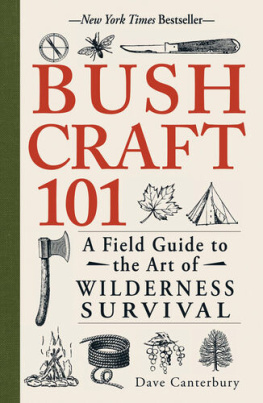

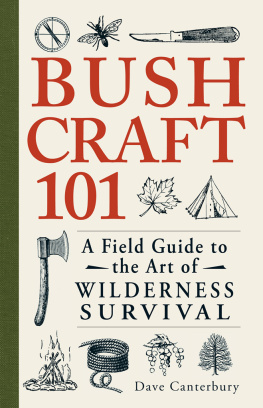



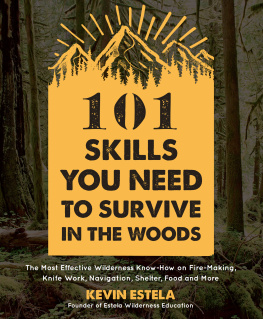


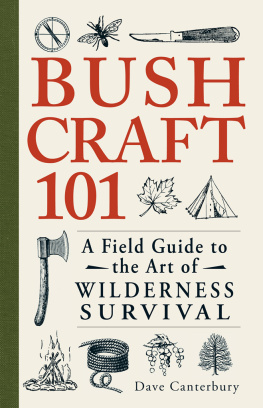
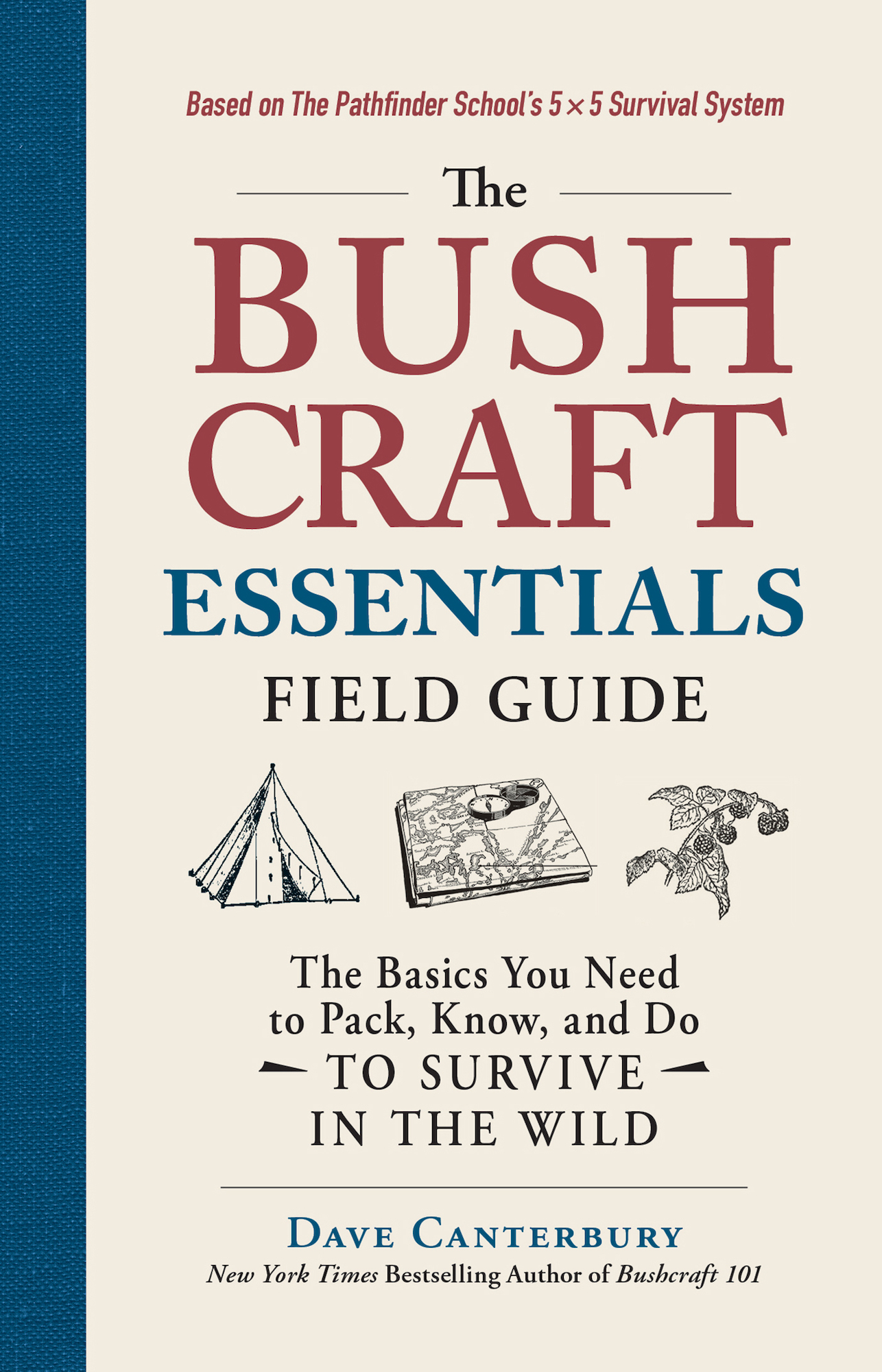

 Introduction
Introduction 

 Chapter 1
Chapter 1  SURVIVAL PRIORITIES
SURVIVAL PRIORITIES